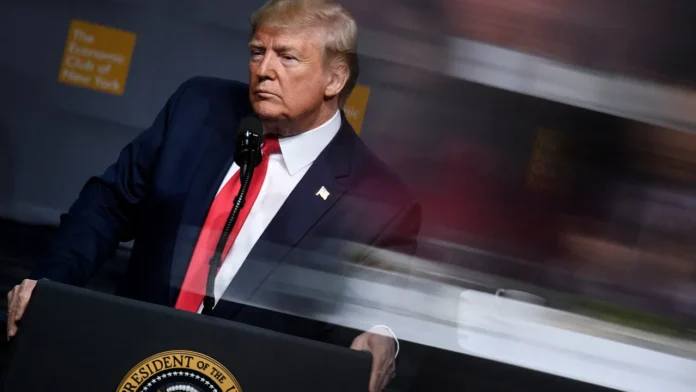President Donald Trump’s Liberation Day tariffs, set to take effect on April 2, 2025, mark a significant shift in U.S. trade policy. Designed to reduce reliance on foreign imports and boost domestic manufacturing, these tariffs impose a 25% levy on key imports such as steel, aluminum, automobiles, and consumer goods. While the administration touts this as a move toward economic independence, experts warn of potential inflation, market instability, and retaliatory trade measures.
What Are the Liberation Day Tariffs?
The Liberation Day tariffs target countries with large trade surpluses with the U.S., including China, Canada, Mexico, and the European Union. The Trump administration argues that these measures will:
- Boost American manufacturing by encouraging domestic production.
- Address trade imbalances that have long been criticized as harmful to U.S. workers.
- Strengthen national security by reducing reliance on foreign supply chains.
Economic Impact of the Tariffs
Economists are divided on the Liberation Day tariffs’ impact. Supporters believe they will revitalize U.S. industries, while critics warn of higher consumer prices, disrupted supply chains, and economic downturn risks.
Stock Market and Business Reactions
- The Dow Jones Industrial Average and S&P 500 both saw declines following the tariff announcement.
- Automakers like Tesla, Ford, and General Motors have expressed concerns about rising material costs.
- Retail giants such as Walmart and Target fear higher import prices could be passed on to consumers.
Political and Global Trade Reactions
The Liberation Day tariffs have sparked international backlash, with China and the European Union threatening retaliatory tariffs on American goods such as agricultural products and technology exports. Meanwhile, U.S. lawmakers remain divided:
- Republican allies support the move as a bold step toward economic sovereignty.
- Democrats warn it could harm U.S. workers by increasing costs and triggering a trade war.
Will the Liberation Day Tariffs Help or Hurt the Economy?
While the Liberation Day tariffs align with Trump’s long-standing “America First” trade policy, their long-term effects remain uncertain. If U.S. manufacturing can adapt, the tariffs may boost domestic production. However, if trade tensions escalate, consumers could face higher prices, businesses might struggle with supply chain disruptions, and global markets could see further volatility.
Final Thoughts: What Comes Next?
As the Liberation Day tariffs take effect, all eyes are on economic indicators, consumer spending trends, and international trade relations. The coming months will determine whether this policy strengthens the U.S. economy or leads to greater financial challenges.

